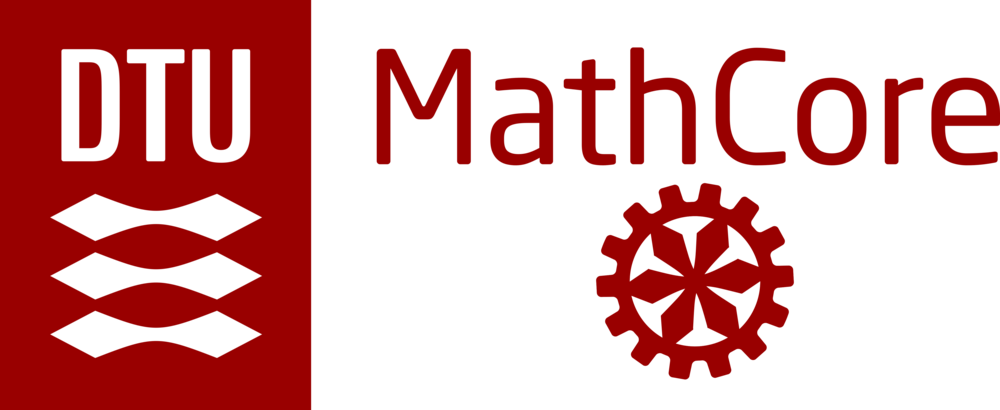Permanent Faculty
-
Jens Gravesen, Associate Professor
Keywords: Differential geometry, geometric design, isogeometric analysis, applications in quantum mechanics, applications in nano technonlogy
My research started in pure mathematics in the fields of differential geometry and global analysis. I have now moved in to more applied mathematics especially geometric design and isogeometric analysis. I am especially interested in representations of curves, surfaces, and other geometric objects that allows for exact calculations. Another part of my research is concerned with geometric effects in quantum mechanics, with a view to applications in nano technology. read more
David Brander, Associate ProfessorKeywords: differential geometry, harmonic maps, nonlinear integrable PDEs, loop group methods, surface theory, applied differential geometry
I study classes of surfaces that are represented by integrable PDE, i.e., partial differential equations that admit a so-called "Lax pair" formulation. In particular surfaces associated with both Riemannian and Lorentzian harmonic maps into a symmetric space. I use the theory of loop groups to construct solutions both analytically and numerically. In applied geometry I work on applications of differential geometry to architectural design as we well as problems of shape recognition read more
Peter Røgen, Associate ProfessorKeywords: Differential geometry, topology of curves, topology of surfaces, protein structures, protein structure classification, protein structure prediction
My research is based on a mixture of differential geometry and low dimentional topology reffeared to as geometric knot theory. Starting from basic mathematical research and general industrial applications, my main focus turned to adaption of the consept of knot invariants to geometric invariants for the open string structures of proteins and RNA. Geometric invariants provides fast methods for structural description, comparison, clustering, and automatic classification of protein structures and are amongst the very few methods that mathematically can detect the type of “topological” changes biologists use to define protein fold classes. My metric interest in proteins configuration space carries on in what I call metric training of knowledge-based potentials for protein structure prediction. It may be seen as reverse engineering the best possible potential energy function where best is specified by a metric. read more
Steen Markvorsen, ProfessorKeywords: Differential geometry, global geometric analysis, Riemannian geometry, Lorentzian geometry, Finslerian geometry
My interests are differential geometry with special emphasis on the rôle and meaning of curvature. The methods are analytic (potential theory and heat content analysis), geometric (curvature comparison geometry), and metric (Aleksandrov geometry and minimal metric graph immersions). Often via the local and global behavior of geodesic sprays. Matematicum and InterMat initiatives for high schools students. Didactically motivated applications of Computer Algebra and Geometric Analysis Systems (CAGAS) for disseminating and unfolding mathematical concepts and ideas. read more
Jakob Bohr, ProfessorKeywords: Differential geometry, topology, number theory, tilings, close packing, topological inequalities, Knot theory, framed space curves, framed knots, D-forms
Applications of differential geometry in problems where geometry provides a guiding principle in natural science. The structure of the nucleosome is one such example. A byproduct of the analysis is the geometrical reason behind the minimum number of base-pairs in a double stranded plasmid.From a point of view of mathematical applications is the detailed description of D-forms as being the convex hull of closed space curves and in this connection the renewed relevance of the four-vertex theorem and related theorems. read more
PhDs, Postdocs and Research Assistants
Coming soon.
